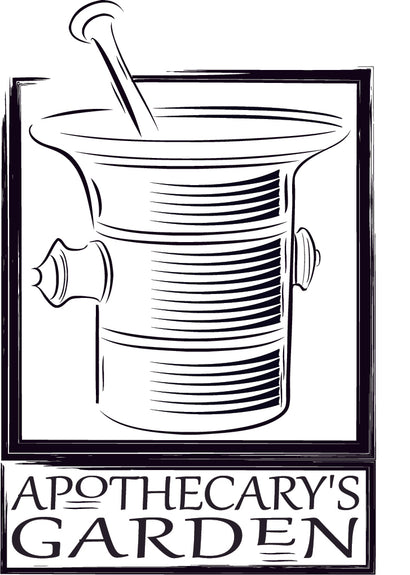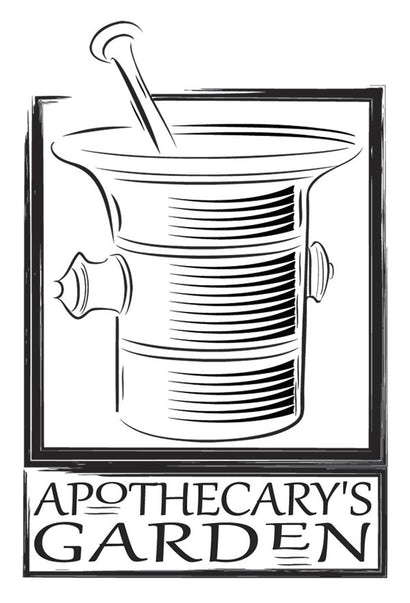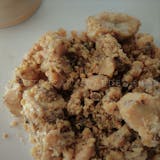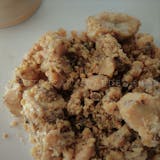
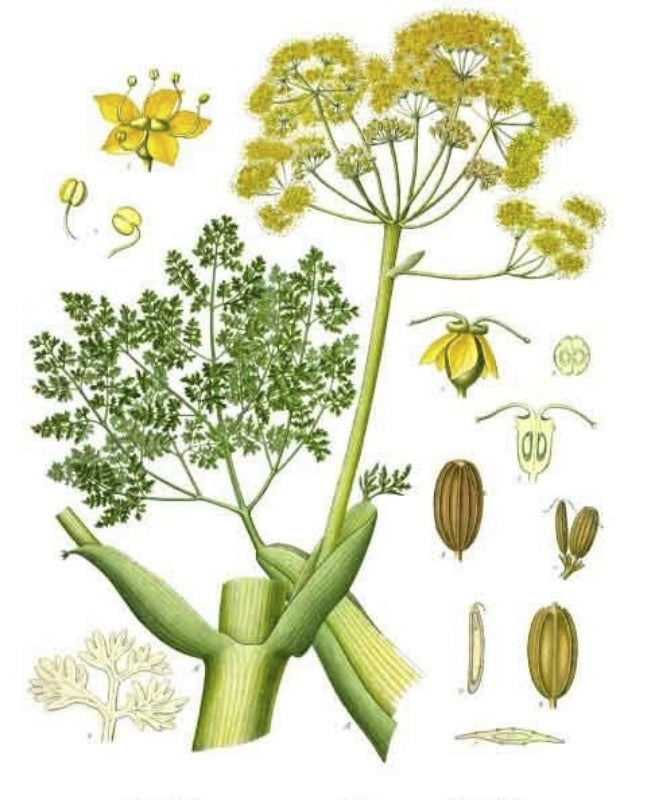

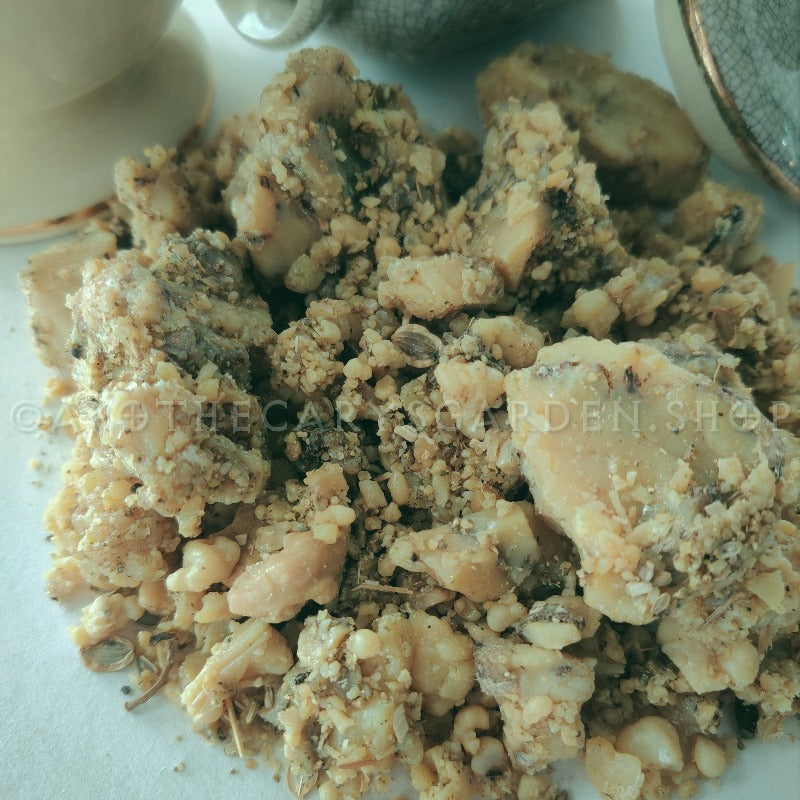
Ammoniacum tears-Gum Ammoniacum
Ammoniacum tears are collected from the plant Dorema Ammoniacum. It is an aromatic resin named for its long association with the Oracle of the Temple of Ammon. Originally located in Siwa Libya, the temple was an important religious center for the Egyptians and the ancient Greeks,
Also known as Oshek or Veshek, Ammoniacum is burned to this day in the Moroccan Jewish tradition before the holy scrolls are removed from the temple ark.
This resin has a lovely “green” fragrance, similar to, but softer and sweeter than that of its cousin Galbanum which is used in perfumery. Where Galbanum has a green and very dry scent, Ammoniacum has a fragrance that could be described as golden green, fresh, penetrating and nourishing.
It tastes bitter and pungent though this might be due to its high essential oil content.
Ammoniacum has been used since antiquity for its medicinal and therapeutic properties. I cannot list them here so I encourage you do your research.
Energetically, the Ferula family is ruled by the wind.
This is not only indicated by how they address flatulence but because they all seem to be connected with the function of communication from an oracular and divinatory perspective, opening gateways in perception and traditionally used when working with or petitioning the Djinn.
One could classify them under the rule of Mercury.
It is still used as an incense ingredient in the East and in traditional medicine.
With its unique fragrance profile, it could provide an interesting addition to the perfumer's palette as a tincture or essential oil.
Ammoniacum has been used for hundreds if not thousands of years as an adhesive for gilding in illuminated books and other objects where it usually refered to as Gum Ammoniacum.
Dan
Materials: Ammoniacum, Dorema Ammoniacum.
